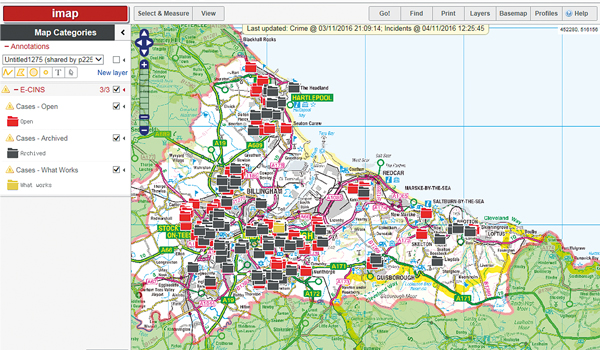Software could help identify suspects at crime scenes
A team of biometrics researchers in the US are developing software that could help police identify criminals who return to the scenes of their crimes.

A team of biometrics researchers in the US are developing software that could help police identify criminals who return to the scenes of their crimes.
The Questionable Observer Detector (QuOD) software, developed by Kevin Bowyer, Patrick Flynn and Jeremiah Barr of the University of Notre Dame Computer Science and Engineering Department, can identify individuals who repeatedly appear in video footage taken of bystanders at crime scenes.
They have been researching the feasibility of image-based biometrics since 2001, including first-of-their-kind comparisons of face photographs, face thermograms, 3D face images, iris images, videos of human gait and even ear and hand shapes.
Because the researchers lacked a database to compare faces against coupled with the fact many crime scene videos shot by witnesses using handheld videos are often of poor quality and criminals usually disguise their appearance the Notre Dame team focused on an automatic facial recognition tool that didnt need to match people against an existing database of known identities.
Instead, they create face tracks for all individuals appearing in a video and repeat the process for all available video clips. The face tracks are compared to determine if any faces from different video clips look similar enough to match each other. When the technology spots a match, it adds it to a group of video appearances featuring just that person. In this way, it attempts to cluster together the pieces of different video clips that represent the same person.
An individual is considered suspicious if he or she appears too frequently in the set of videos. The too many number is determined by police based on the number of crimes and videos available.
The researchers are confident that any civil liberties concerns will be minimised and a positive social benefit realised, given that the tool helps officials identify individuals by their actual presence at multiple crime scenes rather than by suspicion.


